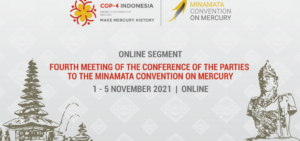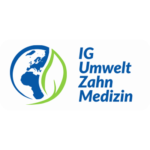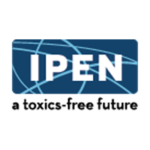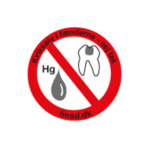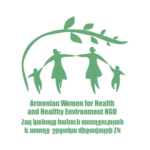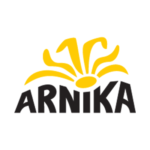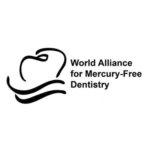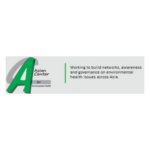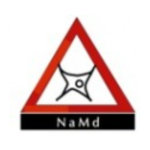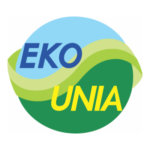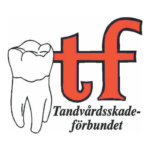Phase-out of mercury-containing dental fillings gains momentum
With the end of the first part of the fourth Conference of the Parties to the Minamata Convention on Mercury (COP4), held online Nov. 1-5, the regulation of dental amalgam is coming into focus. The UN Convention calls on Parties to reduce mercury emissions and also reduce the use of amalgam fillings, which are 50% mercury. In preparation for the second part of COP4 in Bali in March 2022, both the Minamata Convention Secretariat and WHO have published new documents. Efforts are underway towards a decision to end the use of this toxic and polluting product.
Many countries have already phased out the use of dental amalgam, at least in children and other vulnerable populations. Now the African region is requesting to include a general phase out in the Minamata Convention. The European Union is calling to align the convention with the European standard as a first step. In Europe, the use of amalgam in children, pregnant women and nursing mothers has been banned since 2018.
Based on input from Parties and other stakeholders, the Minamata Secretariat has produced a report with up-to-date information on mercury-free alternatives to amalgam. It states that mercury-free fillings, such as composites or glass ionomer cements, “have satisfactory mechanical properties and require less cavity preparation than amalgam,” “are already widely used,” and “the price difference is relatively small.”
For its part, the WHO published the results of an informal global consultation of public dental health policymakers (2021), concluding, “The consultations […] make it clear that a gradual reduction and even phase-out of the use of dental amalgam is possible, especially as increasingly effective, cost-effective and easy-to-use alternatives are increasingly available.”
In the WHO survey, 14% of all countries further reported to have already completely phased out the use of dental amalgam. In Europe and the Americas, even two-thirds have either phased out its use or are expected to do so by 2025. In preparation for the global amalgam phase-out, the WHO consequently sent a signal by adding glass ionomer cements to the list of essential medicines in early October.
“We urge all stakeholders to take this new information into account. They confirm that mercury-free alternatives are effective, available and affordable,” said Charlie Brown, president of the World Alliance for Mercury-Free Dentistry, a global coalition of more than 50 NGOs working to end the use of amalgam.
Dr. Graeme Munro-Hall, Chief Dental Officer of the World Alliance for Mercury-Free Dentistry affirms, “It’s time to follow the science phase out dental amalgam. It’s an outdated material and there is no more need in modern dentistry.”
Dominique Bally, director of the African Center for Environmental Health, explains the African region’s phase-out request, “Phasing out amalgam is especially important for developing countries where we have no infrastructure to collect, transport and store mercury waste from amalgam. Our resources will be used most cost-effectively if we transition to mercury-free alternatives.”
Siddika Sultana, director of the Asian Center for Environmental Health, addresses the European proposal, noting, “The use of mercury-free dental fillings is critical for the health of women and children, who are particularly vulnerable to the neurotoxic effects of mercury from amalgam, whether it is implanted in their teeth or polluting their environment.”
“It is most welcome to see the European Union paving the way for mercury-free dentistry worldwide. However, in order to fulfill its leading role in advocating for a toxic-free environment, the Union must take the next step and commit to measures to phase out amalgam in general,” insists Florian Schulze, director of the European Center for Environmental Medicine, in view of the conference in Bali.
Further Information:
Proposals for amendments to annexes A and B to the Minamata Convention on Mercury:
https://www.mercuryconvention.org/sites/default/files/documents/working_document/4_26_Amendment Proposals.English.pdf
Information on dental amalgam compiled by the Secretariat of the Minamata Convention:
https://www.mercuryconvention.org/sites/default/files/documents/working_document/4_5_DentalAmalgam.English.pdf
Dental Amalgam: Information from the World Health Organization:
https://www.mercuryconvention.org/sites/default/files/documents/information_document/4_INF26_DentalAmalgamWHO.English.pdf
WHO: Alternative to Dental Amalgam becomes Essential Medicine:
https://environmentalmedicine.eu/news/who-adds-alternative-to-dental-amalgam-to-the-list-essential-medicines/

